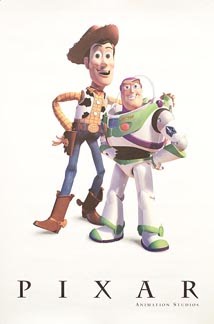Good 3D animators are the most highly sought-after artist in the world of 3D. There's a reason for this: good animation is hard. Which is not to say that animation is hard to learn, but rather that making animation that is believable and entertaining requires a lot of skill and practice. Most people who become 3D artists rarely venture beyond modeling, and their forays into animation are inexpert at best, and cringe-worthy or unwatchable at worst.
This is because animation requires a completely different skillset than 3D modeling. In fact, these two aspects of 3D art are so different that 3D modelers are rarely animators, and animators can rarely model. Established studios usually hire dedicated animators to do the bulk of the animation. Modelers, if they have any input into the animation process at all, usually stick with rigging.
What you should take away is not that it's impossible to be a good modeler and animator, but that these two subsets of 3D art require different ways of thinking and usually do not share techniques.
Animators must have a keen understanding of motion, movement, and acting. It may surprise you that the best animators take acting lessons - this helps them understand how their own body moves, and makes it easier to transfer that understanding into believable animation.
Keen observation may be the most important skill to develop as an animator. Observe life around you, and how things move. Make sketches, take notes, and try to give meaning to what you observe. Don't study just animation. Learn from film, theatre, and even comic books to understand how poses and movement create moods and nonverbally communicate messages. New animators would do well to learn from the old masters of 20th century animation - Walt Disney, Art Babbitt, Grim Natwick, and Ken Anderson. The principles used to bring characters like Mickey Mouse and Bugs Bunny to life are still as relevant today as they were back then. Indeed, the first place a new 3D animator should look is to the old animation manuals of 2D artists. Consider picking up "The Animator's Survival Kit" by Richard Williams from your local book dealer. While written as a book about hand-drawn animation, it contains everything you'll need to know about good animation techniques in the 3D world.
The beginning 3D animator will want to focus on basic objects first: how to make a ball move from one place to another, and how to make it bounce. Later, as you explore character animation, you'll need to understand what makes a good walk cycle, and how to cut down on "float," a common problem for new animators where the character moves as if underwater. The software used is not important, at least in the beginning, as animation packages all have the same basic features.
3D animators must also have a good grasp of how models are rigged for animation, especially character animators. The "bones" used in a rig must be placed in a way similar to that of a living creature. Animators must also learn how to use inverse kinematic (IK) setups for their character rigs to reduce the amount of time spent keyframing.
Above all else, animators must practice their craft. Like modeling, animation requires time to learn, and even more time to master. Even experienced animators may create dozens, or even hundreds of test movies before getting a good final result. A good animator can make an average model come to life, while even the best model can be made to look amateurish by a poor animator. Persistence will pay off, as a skilled animator can very well be the most important team member to a production.



No comments:
Post a Comment